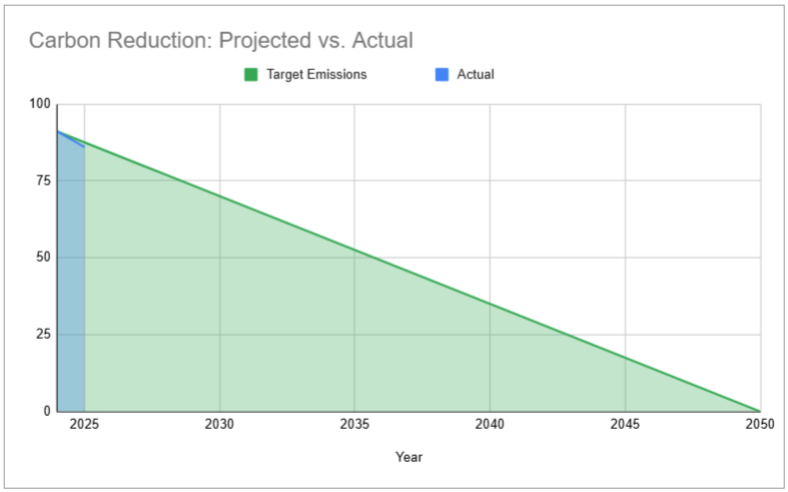Carbon Reduction Plan
Last Updated: April 2025
Introduction:
This Carbon Reduction Plan outlines the guidelines and procedures for the BAM Agency to reduce its carbon emissions and mitigate the impacts of climate change. The plan is designed to identify the key sources of carbon emissions, establish reduction targets, and implement measures to achieve these targets. BAM Agency is committed to attaining Net-Zero emissions by 2050.
Baseline emissions footprint:
Baseline emissions refer to the historical record of greenhouse gases produced prior to the implementation of any strategies to reduce emissions. Baseline emissions serve as the reference point against which emissions reductions can be measured.
We began collecting emissions data in accordance with the Streamlined Energy and Carbon Reporting (SECR) requirements for our baseline year of 2024.

Targets and goals:
Completed carbon reduction initiatives
The following environmental management measures and projects have been completed or implemented during our reporting year, August 2023-July 2024:
- Designated resources and named personnel to oversee and champion our CRP
- Audit our Cardon usage and determine our plan
- Completed an energy audit of our Head Office and Warehouse
- Reducing waste generation and implementing waste reduction and recycling programs.
- Encouraging staff members to adopt sustainable practices, such as reducing energy consumption, minimising paper use, and using reusable items.
- Engaging with suppliers and stakeholders to promote sustainability and reduce the carbon footprint of the supply chain.
- Move all non-fleet vehicles to electric. Currently, we are at 16% upgrade to all-electric.
- Investment in battery-powered systems for events reduces the need for diesel and petrol generators.
Planned carbon reduction initiatives
- Review vehicle fleet usage and viability for switching to electric vehicles, with a focus on continuing to upgrade to all-electric vehicles.
- Converting all lighting to low-energy solutions
- Integrating solar energy into warehouse provision
- Verify our carbon data against the ISO14064 standard
- Conduct a supply chain analysis to identify the top products and suppliers with the highest emissions.
Declaration:
This Carbon Reduction Plan has been completed in accordance with PPN 06/21 and the associated guidance and reporting standard for Carbon Reduction Plans. Emissions have been reported and recorded in accordance with the published reporting standard for Carbon Reduction Plans and the GHG Reporting Protocol corporate standard and use the appropriate Government emission conversion factors for greenhouse gas company reporting. Scope 1 and Scope 2 emissions have been reported in accordance with SECR requirements, and the required subset of Scope 3 emissions have been reported in accordance with the published reporting standard for Carbon Reduction Plans and the Corporate Value Chain (Scope 3) Standard[6]. This Carbon Reduction Plan has been reviewed and signed off by the board of directors (or equivalent management body).
By signing this declaration, the signatory confirms their commitment to achieving the goals and objectives outlined in this Carbon Reduction Plan and to working towards Net Zero emissions by 2050 or earlier.
Tim Bodenham
Managing Director
